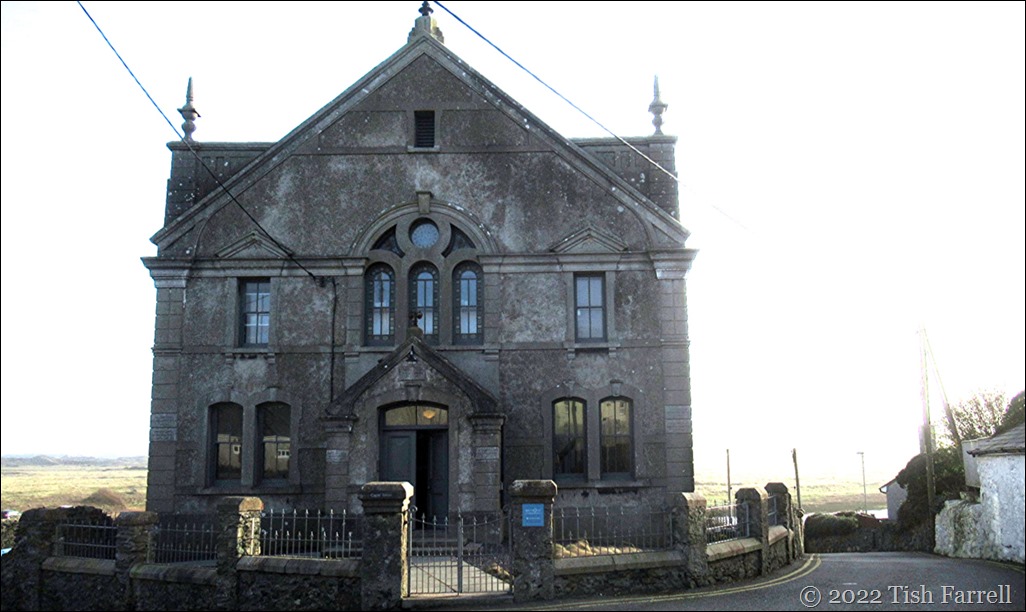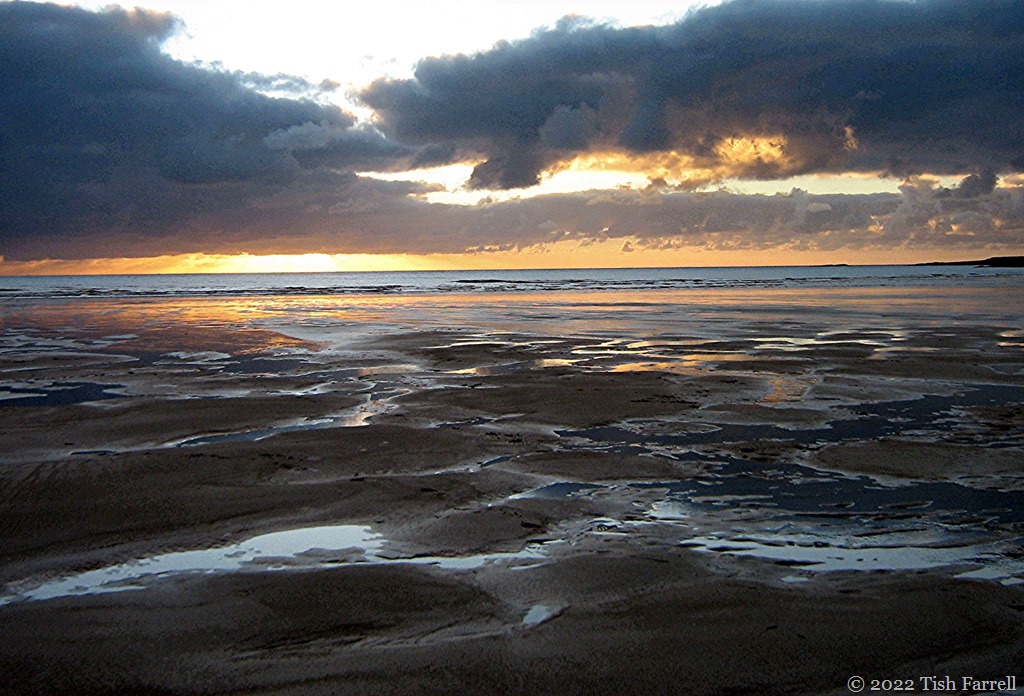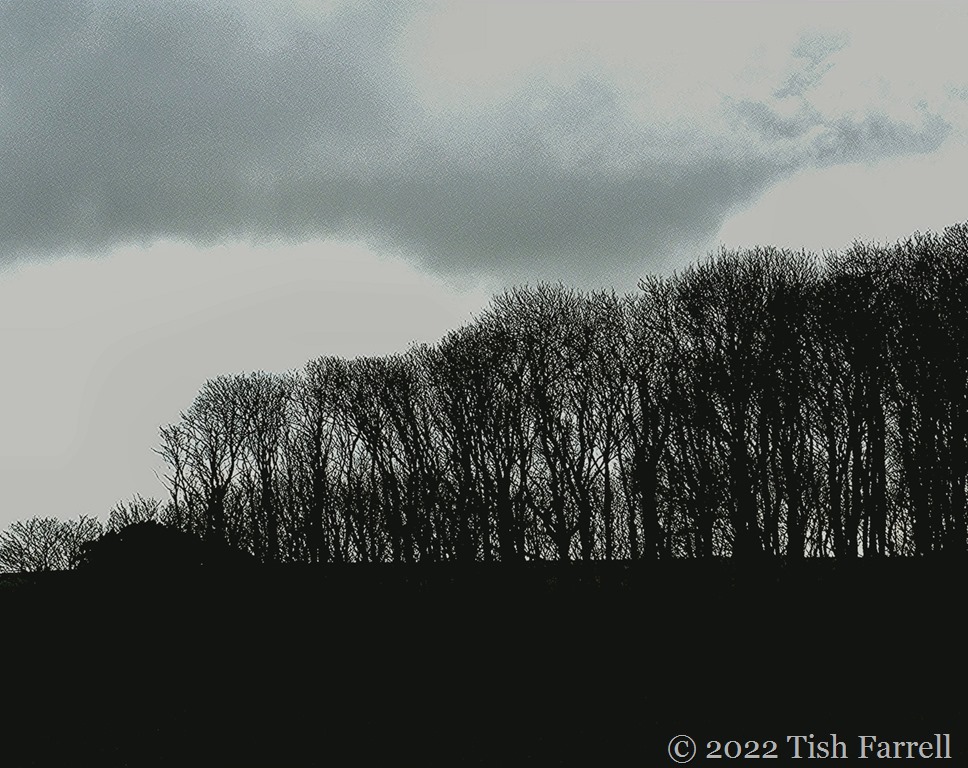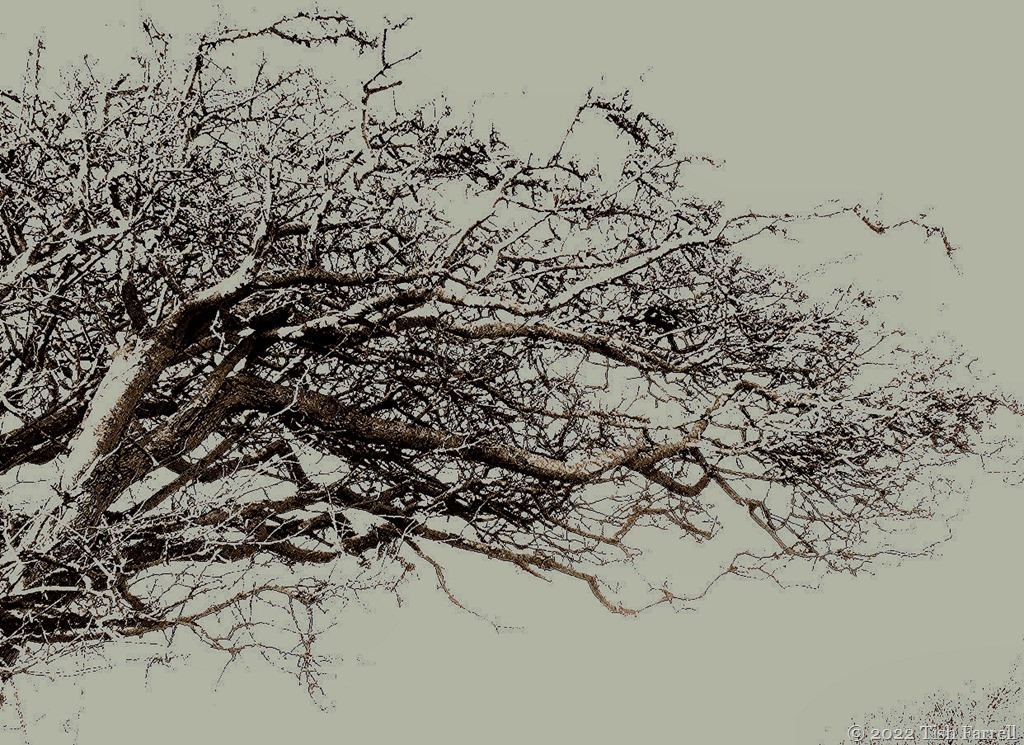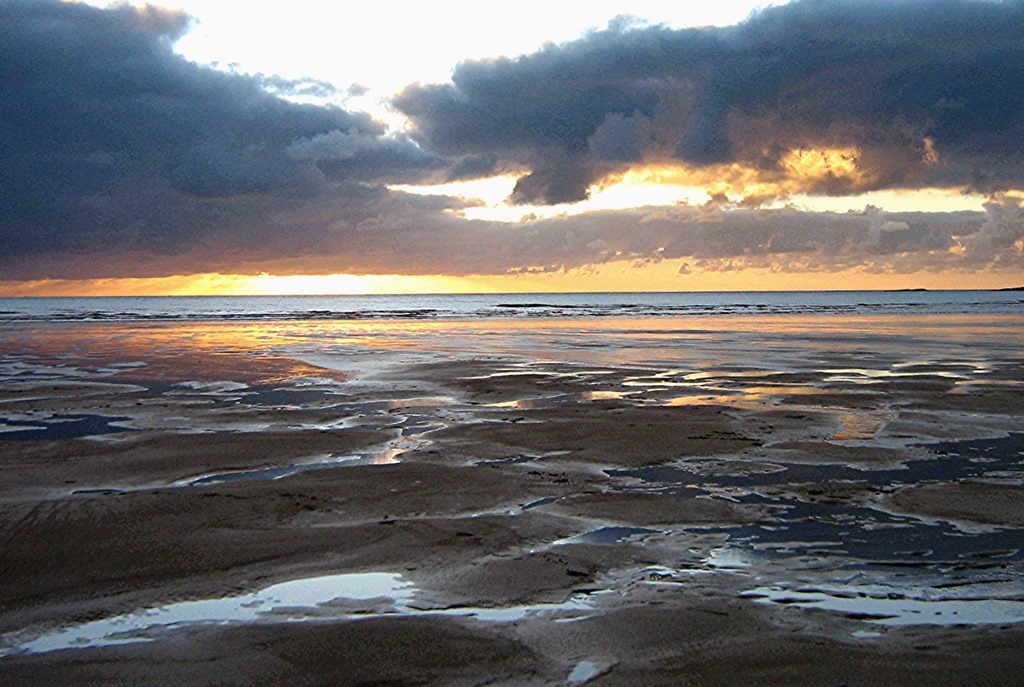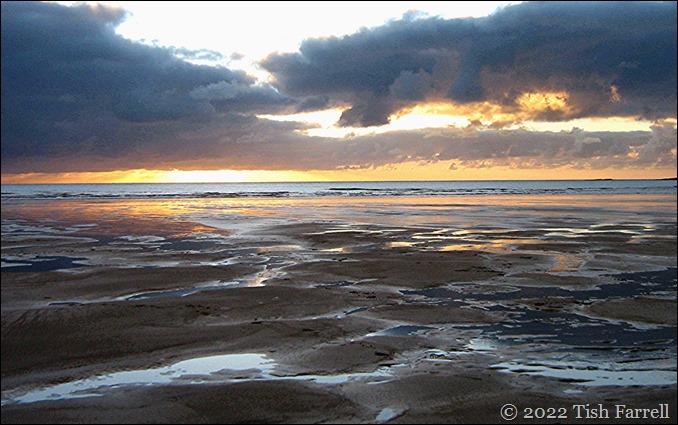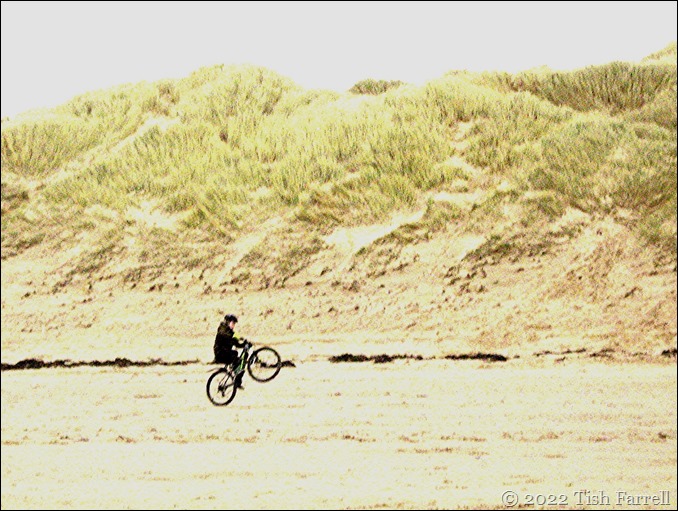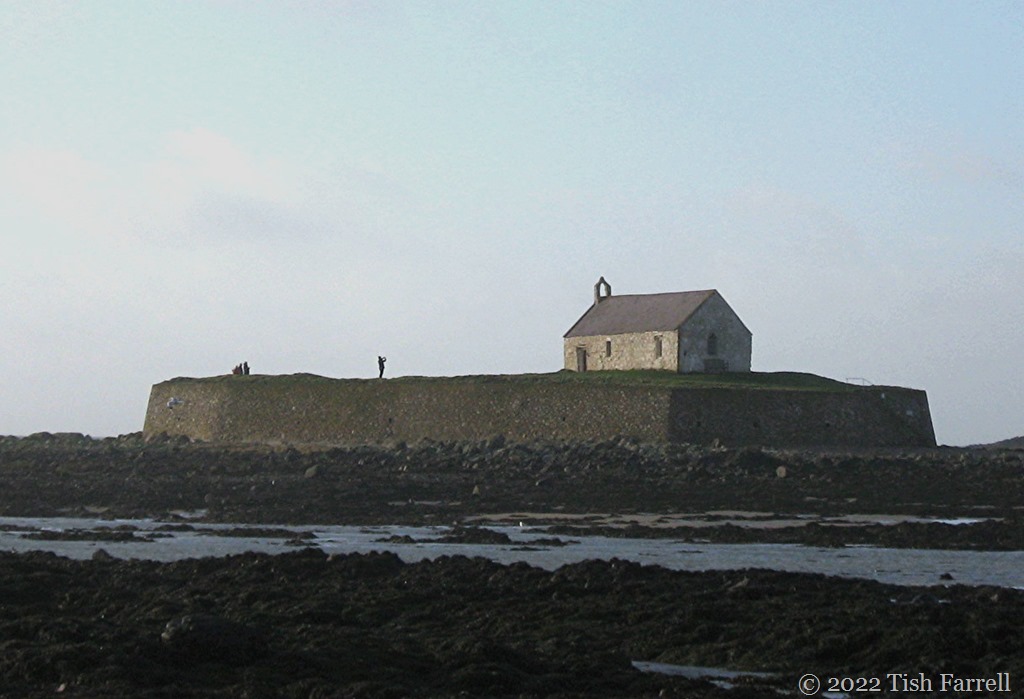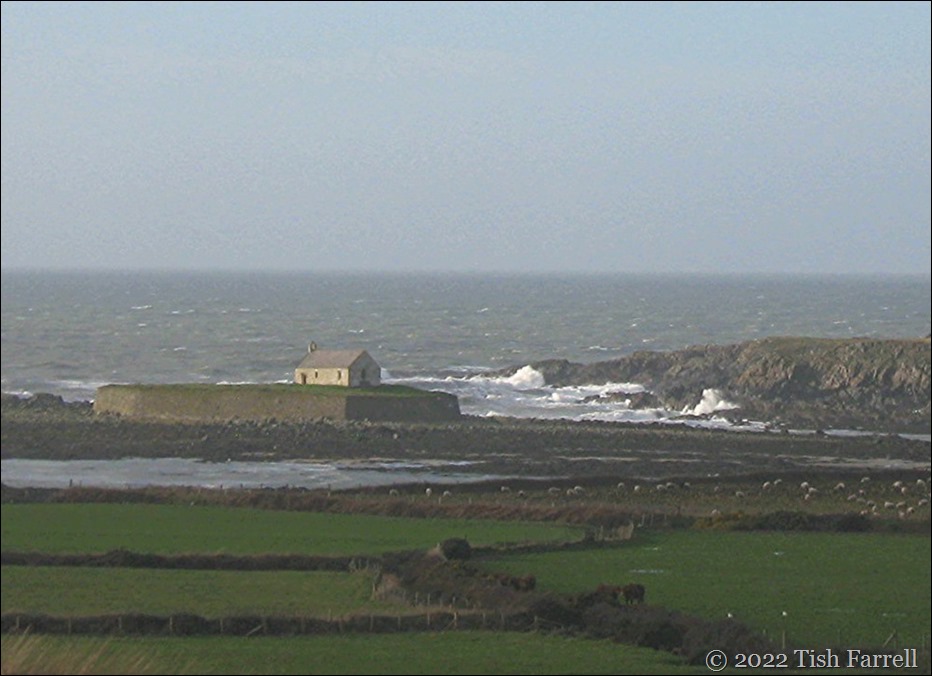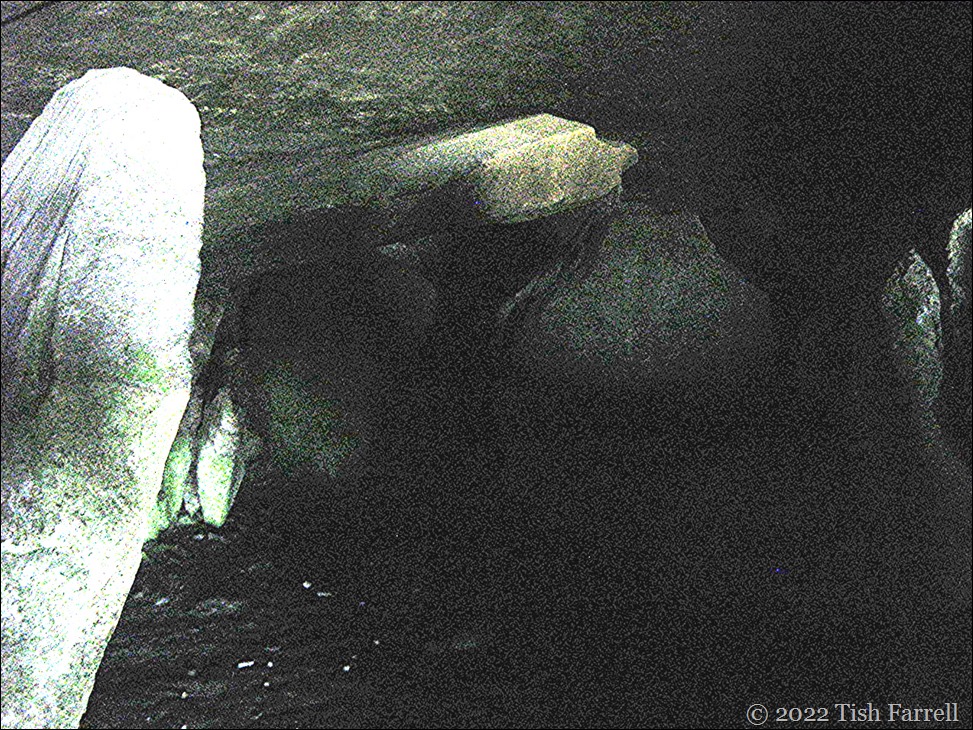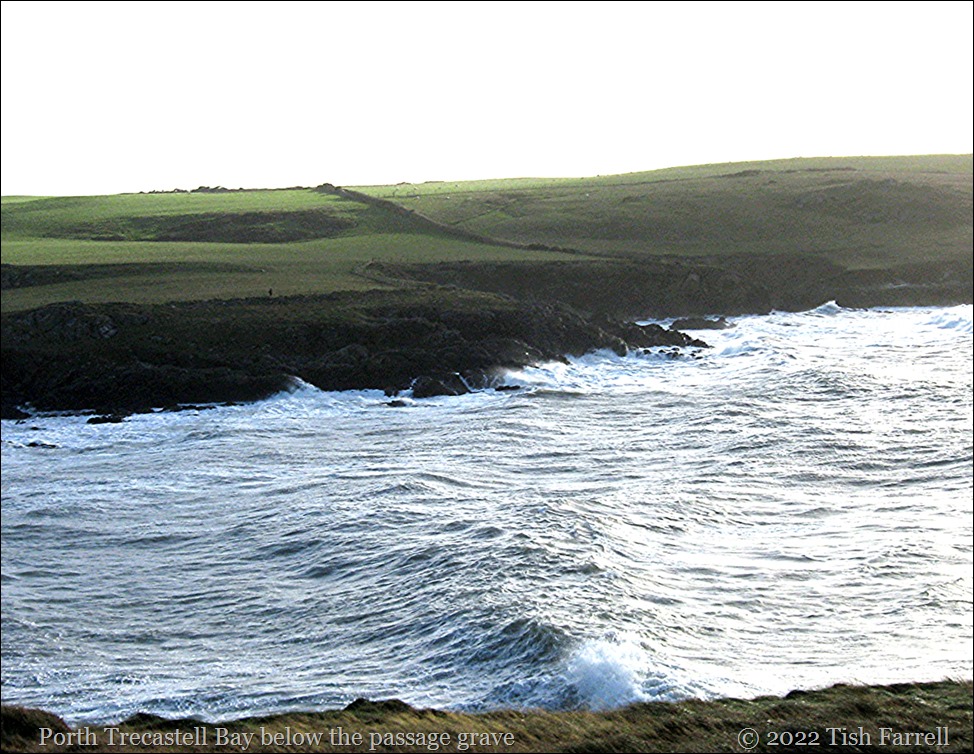
We have just returned from a week away in the tiny coastal village of Aberffraw on the North Wales island of Anglesey. It was two years since we were last on Ynys Môn, the island’s Welsh name, and we had all missed it. It is a special place, not least because it is a land rich in ancient remains. In the past, too, it was rich in other ways – at times its wealth of farm produce making it the bread basket of Britain.
From the time the Romans left Britain to the early Middle Ages when England’s Edward I set about hammering the Welsh by means of obsessive-compulsive-castle-building, Aberffraw was a major seat of Welsh power. For eight centuries (from AD 450 to AD 1282) it was here that the kings of Gwynedd held their royal court and ruled North Wales. They saw off Viking raiders and Norman interlopers. They had their glory days under Llywelyn ap Iorwerth (AD 1173 – 1240), who was recognised as ruler of all Wales. This period of prosperity appears to have coincided with the Medieval warm period, a time of clement weather and of good harvests. This was all to change in the next century (1314-1317) when a period of prolonged winters and high-storm weather began, and brought with it the Great Famine.

It’s a stark lesson – how fortunes rise and fall and entire communities, landscapes and weather patterns transform, the cycles of change we humans often find hard to accept or credit. When Edward invaded Anglesey, he dismantled the palace at Aberffraw and repurposed the stone and timber in his own strongholds. And then in 1331 came ‘the great storm’ that blew up monumental quantities of sand that covered the inland fields and began the silting of the River Ffraw, which action reduced the once vibrant port to a backwater. Gone was the busy fishing harbour. Gone the trade with the great sailing ships that once put in there to take on local produce.
In 1949 Aberffraw was reckoned amongst the poorest places in Wales. Today there are just over 600 residents; less than three quarters of whom are native Welsh speakers. Many of the old cottages are holiday lets. (We six stayed in the upper floor of a converted Methodist chapel). There is one small shop cum post office. And now, under new management by covid and staff shortage, the once popular pub is shut indefinitely, or so the notice in its front window told us.
Yet despite the signs of economic shrinkage, Aberffraw is still a place of magnificent resort. Every day we were there, and in the face of blistering gales, families, lovers and dog walkers trekked along the little estuary and across the rolling duneland to the beach that centuries of silting have created. And oh, the wonder. Oh, the ravens buffeting on the tempest; the roar of surf; bristling marram grass, that light; that misty mainland spine of Snowdonia across the Menai Strait.
And oh, the wind that knifed through every poorly padded body part…
But never mind the shivers. Here are some of the holiday snaps:




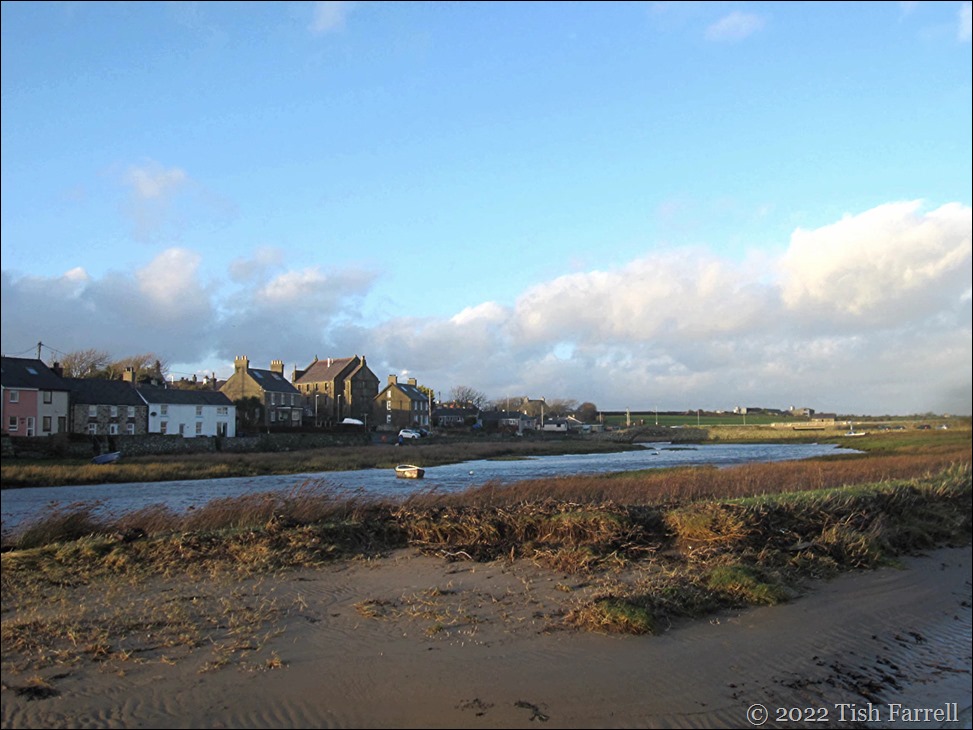
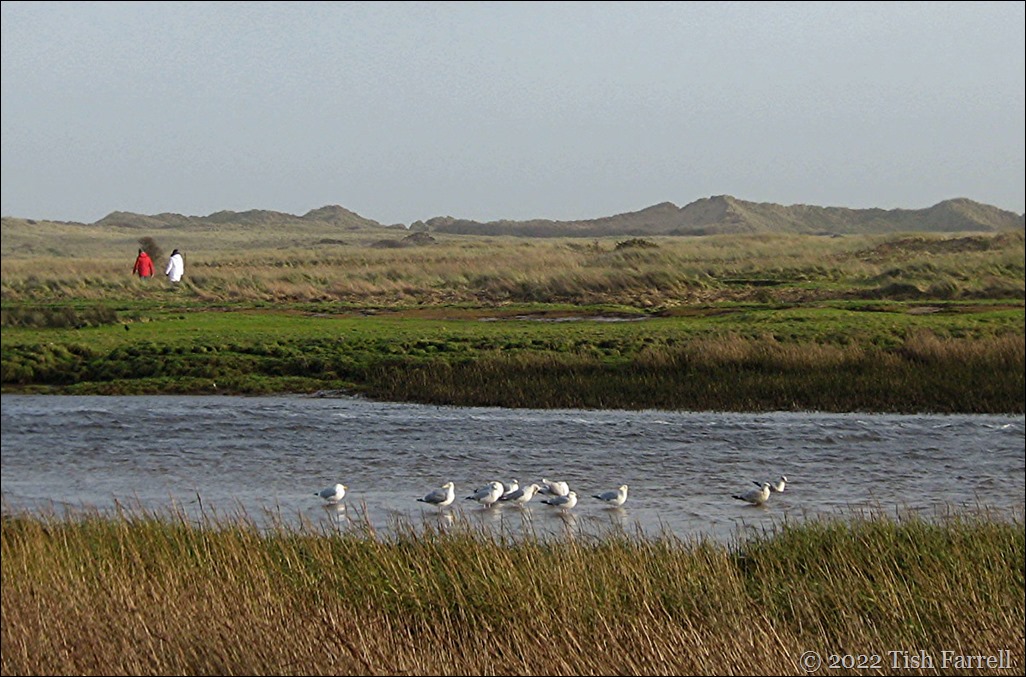
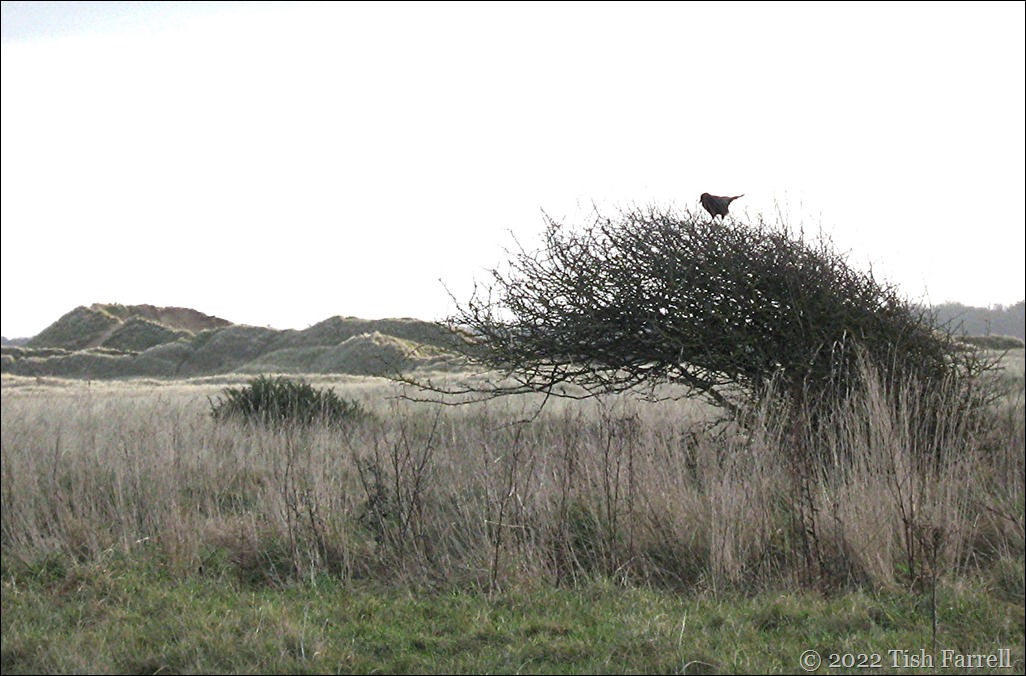
*
The centuries of sand invasion have also had creative effects. The dunes themselves are now sites of special scientific interest, harbouring uncommon plants and birds. Also the inland streams dammed up behind the dunes have created pools and lakes and areas of marshland rich in wildlife of all kinds, especially birds native and migrant. It was of course far too cold and windy for birdwatching, but we did see large airborne flocks of starlings and common plovers, both absent or declining species in parts of the UK.

Lake Maelog, site of special scientific interest behind the dunes at Rhosneigr, just north of Aberffraw.
*

We also saw some hefty signs of coastal erosion. Something of an environmental irony, I thought to myself: the sea taking back what waves and wind had begun depositing there some 800 years ago.
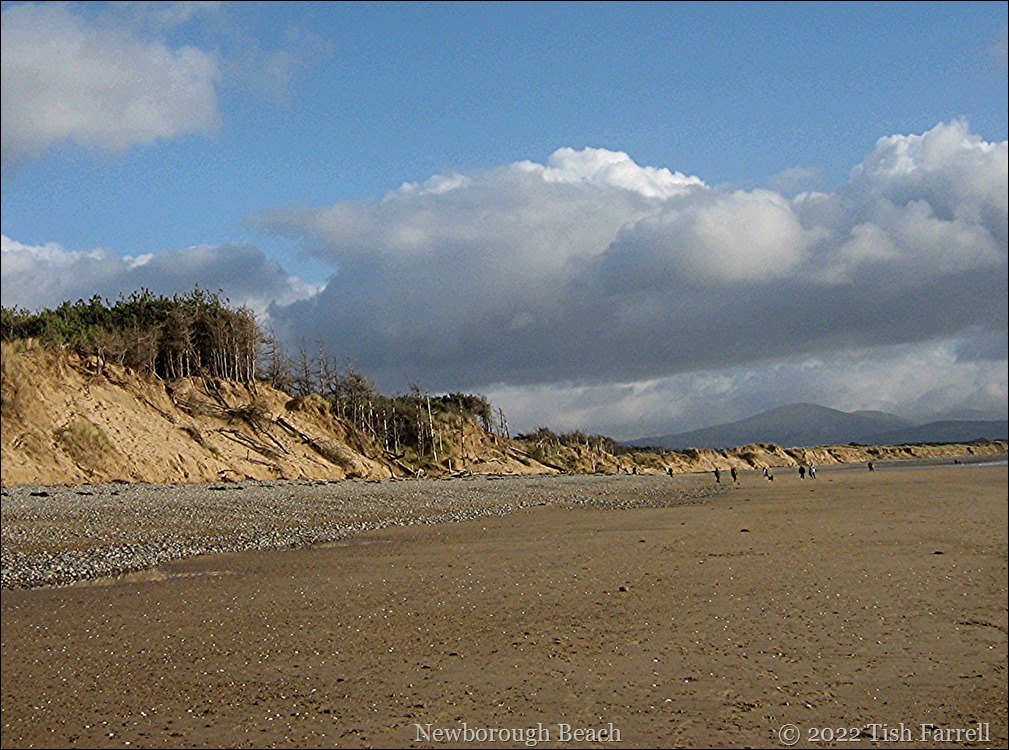
*
But now for a peaceful scene: the seventeenth century packhorse bridge across the estuary at Aberffraw.
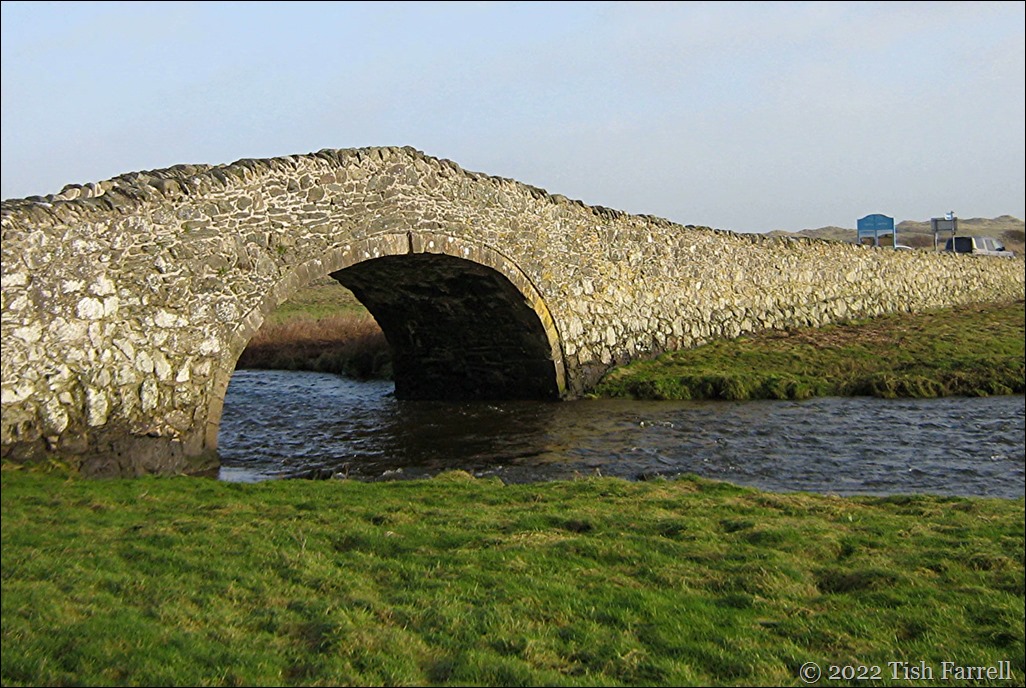
And just above the bridge, the chapel where we stayed:
